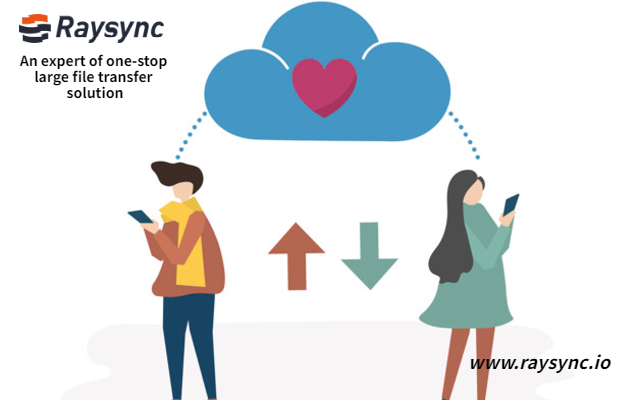[Updated] What is the difference between FTPS and SFTP?
What is the difference between FTPS and SFTP? Let us first look at the technology behind each protocol, and then look at its advantages and limitations.

What is FTPS and SFTP?
FTPS (FTP/SSL) is a name used to provide multiple ways for FTP software to perform secure file transfers. Each involves the use of a lower than standard FTP protocol SSL/TLS layer to encrypt the control and/or data channel.
SFTP (SSH File Transfer Protocol) is a network protocol that provides file transfer and manipulation capabilities over any reliable data stream. It is typically used with the SSH-2 protocol (TCP port 22) to provide secure file transfers, but can also be used with other protocols.
What is the Difference between FTPS and SFTP?
SFTP is not a form of FTP. They are two completely different protocols. In fact, FTPS and SFTP are completely unrelated and only have similarities in the structure of many commands.
- FTPS is FTP with SSL, which is for security. It uses a control channel and opens a new connection for data transfer. Since it uses SSL, it requires a certificate.
- SFTP (SSH File Transfer Protocol/Secure File Transfer Protocol) is designed as an extension to SSH to provide file transfer capabilities, and based on this, it typically only uses the SSH port for data and control.
- In most SSH server installations, you will get SFTP support, but FTPS requires additional configuration of a supported FTP server.
Advantages and disadvantages of FTPS/SFTP
The advantages of FTPS
- High level of use
- Communication can be read and understood
- Provides for server-to-server file transfers
- SSL/TLS has a good authentication mechanism (X.509 certificate feature)
- FTP and SSL/TLS support is built into many Internet communication frameworks
The disadvantages of FTPS
- There is no uniform directory listing format
- Requires a secondary DATA channel, which makes it difficult to use behind a firewall
- No standard for filename character set (encoding) defined
- Not all FTP servers support SSL/TLS
- No standard way to get and change file or directory attributes
The advantages of SFTP
- Has a good standards background that strictly defines most, if not all, aspects of operations
- Only one connection (no data connection required)
- Connections are always secure
- Directory listings are uniform and machine-readable
- The protocol includes operation of permissions and attributes, file locking and more features
The disadvantages of SFTP
- Communication is binary and cannot be recorded "as is" for human reading
- SSH keys are more difficult to manage and verify
- The standard defines some content as optional or recommended, which can lead to some compatibility issues between different software titles from different vendors.
- No server-to-server copy and recursive directory deletion operations
- No built-in SSH/SFTP support in the VCL and .NET frameworks
You might also like

Q&A
June 9, 2022[Updated] What is the difference between FTPS and SFTP?
This article details the differences and advantages and disadvantages of FTPS and SFTP, click to learn more.

Q&A
June 16, 2021Best Managed File Transfer Software in 2021
What is MFT software? Managed file transfer software is a program or service used to manage the secure transfer of data and files from one person to another over the network.

Q&A
March 9, 2021How to Transfer Large Files Between Two Computers?
The transfer of large files between computers is often encountered in the workplace, so how can file transfer quickly transfer files between computers? Here are four ways to solve file transfer problems.